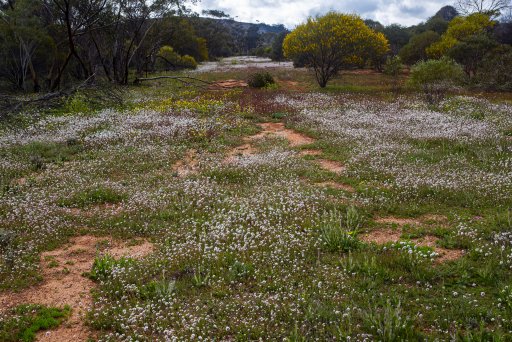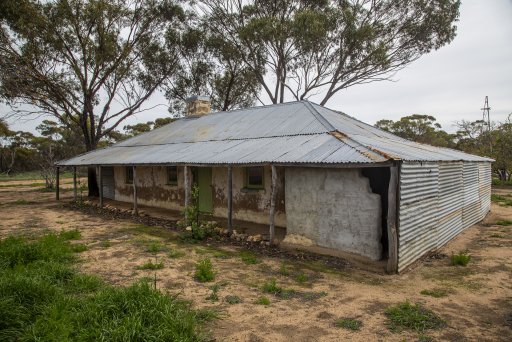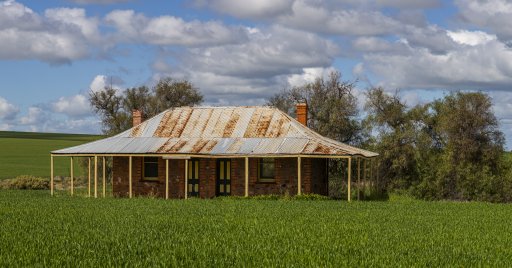
Member III
Took a trip out into the Wheatbelt Region of Western Australia on the weekend - the Wheatbelt Region is one of the largest wheat growing regions in the world at 154 862 square kilometres (59 793 square miles), which is larger than England at 130 395 square kilometres 
This trip took in the Central and Eastern part of the Wheatbelt and on this trip I visited a number of the large granite rocks as well as other places.
Western Australia is dotted with these large granite rocks including Kokerbin Rock which is reputed to be Australia's 3rd largest monolith and is only 3 hours from Perth.
Western Australia is also famous for it's wildflowers that bloom late winter and into spring.
One this trip I visited Kokerbin Rock and camped at Eaglestone Rock for two nights and it was a fantastic trip and great just to get out and relax.
I hope you enjoy the photos.
Karl
Kokerbin Rock

Front of Eaglestone Rock - the erosion is caused from salt crystals blowing up from a large salt lake (Lake Brown) at the base of Eaglestone Rock .
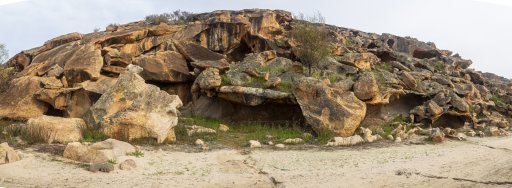
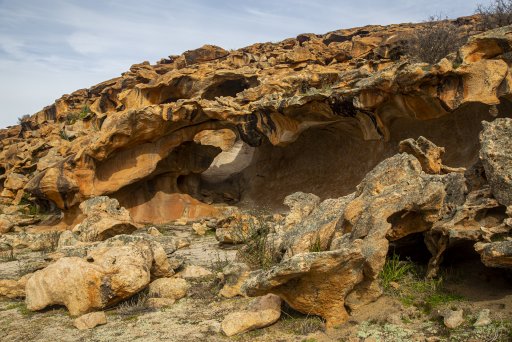
The back of Eaglestone Rock
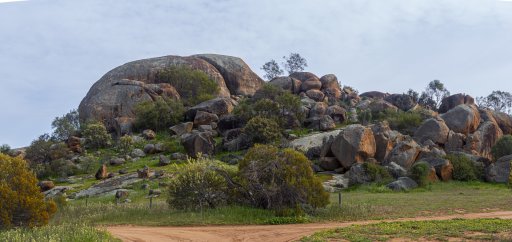
Drone shot of Eaglestone Rock and Lake Brown (from a previous trip).
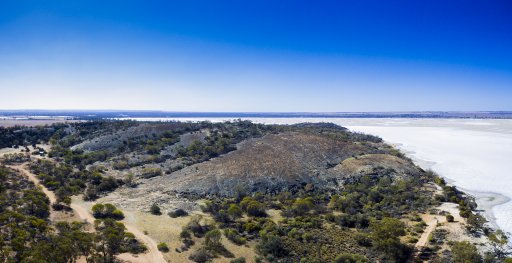
This trip took in the Central and Eastern part of the Wheatbelt and on this trip I visited a number of the large granite rocks as well as other places.
Western Australia is dotted with these large granite rocks including Kokerbin Rock which is reputed to be Australia's 3rd largest monolith and is only 3 hours from Perth.
Western Australia is also famous for it's wildflowers that bloom late winter and into spring.
One this trip I visited Kokerbin Rock and camped at Eaglestone Rock for two nights and it was a fantastic trip and great just to get out and relax.
I hope you enjoy the photos.
Karl
Kokerbin Rock

Front of Eaglestone Rock - the erosion is caused from salt crystals blowing up from a large salt lake (Lake Brown) at the base of Eaglestone Rock .


The back of Eaglestone Rock

Drone shot of Eaglestone Rock and Lake Brown (from a previous trip).



